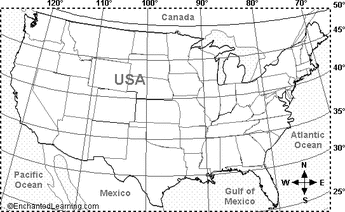 Vernalization Many hop growers are asking this question as the abnormally mild weather persists across much of the USA. For most growers in northern latitudes; probably not much effect will be noted. Average hop vernalization temperature requirements of 6 weeks below 38 degrees Fahrenheit will still be met, resulting in normal burr and cone development later in the season. Expect an earlier emergence of pests and disease that the milder winter failed to kill. For growers in more southern latitudes the story could be completely different. Effects on the hops in the southern tier could include: lack of proper vernalization, increased pest pressure, and increased prevalence and severity of hop diseases like downy and powdery mildews. Hop vernalization requirements vary by hop genotype and varieties that require longer chilling periods may not properly reset back to the juvenile spring phase required to grow and produce a normal yield of cones. One of the first signs of incomplete vernalization is uneven spring emergence of new shoots within plants of the same hop variety. Growers in the PNW have noted that this uneven emergence follows through the entire growing season; affecting cone-set, yield, alphas, and maturity dates. The cone-bearing sidearms may not extend properly and only produce cones on the terminal ends. Many affected hop plants showed up to a 6 week delay of burr initiation and a 30 to 50% loss in total potential yield. Download as PDF No doubt about it, for many new growers hops are a difficult crop to grow well. Fast growing hop plants require lots of balanced nutrients and water with critical timing of applications; making hops a real challenge to keep up with when compared to most other crops. Getting the hops to climb to the top trellis wire and produce fully developed side arms with lots of cones seems to be an unattainable goal sometimes. There always seems to be a guy named Murphy lurking around, ready to throw a wrench in the works; despite a hop grower’s best efforts. Wind, rain, drought, and pestilence... yet there are lots of pretty pictures of hopyards and recorded harvest yields to show it is more than a dream. It is common to find in many instances, less experienced hop growers do not fully understand many integrated hopyard management practices and how plant nutrient availability and growth is affected. This following discussion covers a few of the issues that have been identified as potentially holding back hop growth and yields. These issues are gleaned from talking to, and working with hundreds of new hop growers and the challenges they have experienced. These observations and field notes are intended to educate and provoke deeper, more in-depth discussions amongst hop growers and grower groups.
Grower notes: Seeing heat-stress symptoms in some hop yards. The older lower leaves yellow and fall off without any obvious signs of pests or disease. This is more common in years with a wet spring followed by a hot & dry June/July. The side arms are short but usually loaded with burrs in reaction to the stress. The hop plant is attempting to "re-balance" its transpiration losses through the foliage versus what the root system can supply. (The wet spring reduced the root mass.) To help the plants adjust and keep cone development on track, apply a top dressing of a guano or organic manure (we use Naturesafe Stressguard for this) and keep adequate water supplied. (and pray for rain:) )  Hops - Bottom Leaves Turning Yellow www.homebrewtalk.com A home brewing beer and wine making civilized discussion community. Also with beer/wine/mead/cider discussion, beer reviews, pub talk, and general chit-chat. I am busy doing field checks with hop growers during the month of May. I am finding winter crown desiccation in new hop yards that did not have reliable snow cover. The crowns appear to have been exposed to sun & wind while the ground was frozen. The fleshy roots remain white - no rot is present. The frozen soil/roots could not supply water to the exposed crown as it is dried out by the sun & wind. There have been no reports of this type of winter damage from up North, where they had good snow cover. Varieties like Zeus, Glacier, Saazer, Nugget & Cascade were affected more than varieties like Chinook. Protecting these crown buds from exposure is important ! Some of these damaged crowns may regenerate slowly; given time. Our winter exposures and duration are longer and harsher in the Midwest than those out in Oregon and Washington. 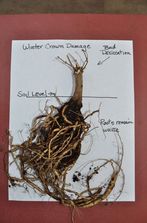 Click to enlarge Click to enlarge Crown buds can be protected in several ways as you prepare you hop yard for winter. First, leave the hop bines cut at 24 to 36 inches high over the winter. The old bines supply extra sugars to the crowns and act like little snow fences; slowing the wind, holding snow and field debris around the crowns. Second, physically cover the young crowns - protective mulches or field soil 1 to two inches deep is a typical field practice. Third, apply a high potassium fertilizer in the fall to winterize the hop plants. Hop yards with low potassium levels experience higher levels of winter crown bud damage. A close placement of granular or dissolved through the drip system is necessary for it to be effective; since the fine feeder root mat formed during the growing season is breaking down and disappearing. The potassium ion prevents ice crystals from forming in the plant tissues and allows water movement at lower temperature ranges. (Think of potassium as anti-freeze for your hops!) High soil temps above 95 degrees can seriously damage the fine shallow root feeder system of hops. Damage from excessive heat usually shows up a few days after it actually occurred - the plants stall and even wilt; even though the soil moisture is there. This problem is especially prevalent in newly established hopyards with wide row spacing Where the plant canopy doesn't provide soil shading.. Growers often compound their problem of high temperature damage by turning on the drip irrigation at mid-day. The temperature of the water in a black emitter tube line laid on soil in direct sunlight can reach scalding temperatures. With the low flow rates of most emitter systems a grower can easily apply a gallon of 120 degree (or more!) water to each plant in the yard. This effectively sautees the fine shallow feeder roots - disaster! Watch out for this pattern - the hops bines get progressively shorter and yellower away from the main feed. Solution: Watch the temperature forecast. FINISH all irrigation cycles by mid-morning. RESIST the temptation to turn on the irrigation at mid-afternoon! (In an emergency, open the end caps on the dripper lines and flush them until you feel the water temperature drop).
Consider adding some aerial sprinklers - which is the proper way to cool an overheated hopyard. Run them in short cycles before mid-day as cold water applied to hot leaves causes damage. Setting up your hopyard for an expected scorcher of a day is easy to do - just do it early! Mis-use of your watering system causes further plant damage, stalling of growth, and kills your yield potentials. Here is a picture demostrating the effects of prolonged high air and soil temperatures from a controlled study Brian and I did at Great Lakes Hops Lab . The hops were subject to a minimum temperature of 90 deg. F. - maximum 110 deg. F. regime for three weeks while emerging from dormancy. Photosynthesis pretty much shut down at leaf temperatures above 90 deg., resulting in chlorosis and reduced leaf size on most varieties. Other observations noted were : - Dropping air temperatures below 90 for even 2 hours / 8 hour cycles markedly increase the leaf color. - Soil temperatures above 95 deg stopped fine root hair growth- adding to the chlorosis. - different varieties can tolerate high temperatures better than others Varieties Newport and Challenger both handled the heat well (Didn't even dis-color Challenger). Santiam showed reduced growth, while Spalter Select really took a hit.
Take away -??- The Western European varieties (German) Spalters, Hallertauers, Tettnangers are more sensitive to high air and soil temps than American varieties like Newport, Galena, Chinook, and Cascade. Spalter Select obviously cannot be grown like Newport. This does not mean the former group can't be grown successfully - it means they have to be grown DIFFERENTLY. By "differently" I would suggest closer raised row and plant spacing to create cooler temperatures in the lower hopyard canopy, leaving more lower folige to shade the soil (especially in newly established hopyards), using aerial sprinklers to cool the leaves at mid-day, and mulching new plantings to reduce soil temperatures. I think is is a great example of how "one size does not fit all". |
Details
Blog AuthorLynn, the head hop grower at Great Lakes Hops has over 30 years of experience in the horticultural field. Browse the blog articles here to find useful growing information for humulus lupulus, based on personal experience and observations at Great Lakes Hops. Archives
January 2020
Categories
All
|
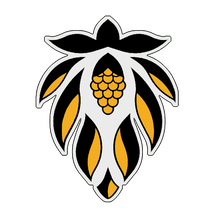
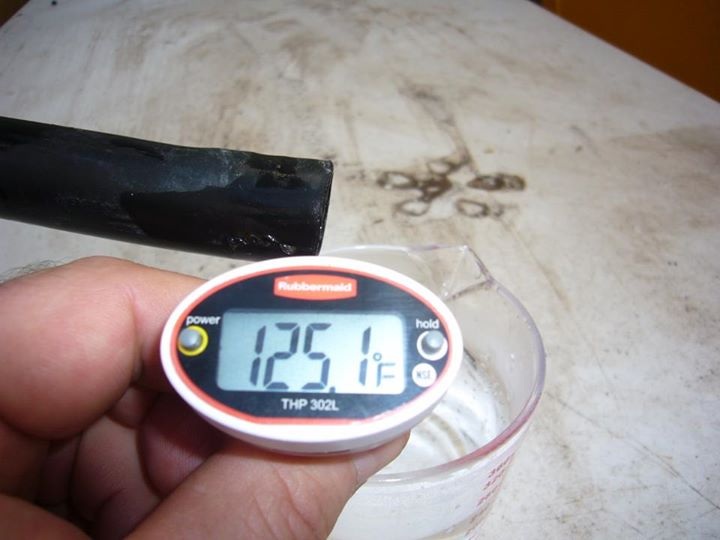
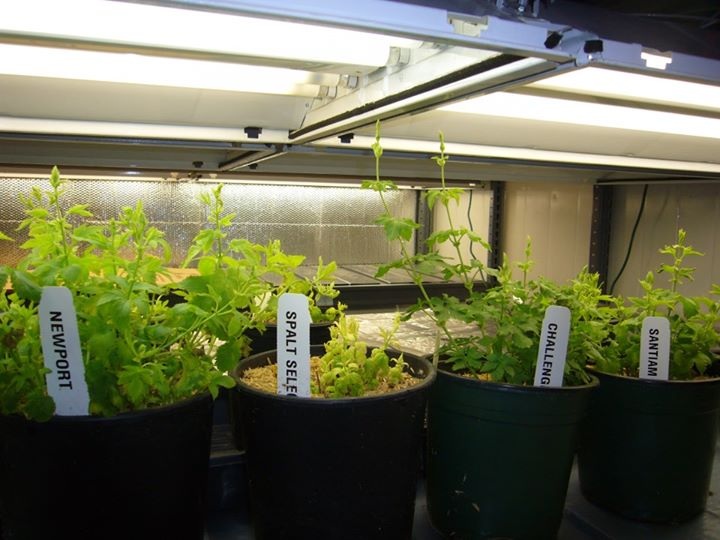

 RSS Feed
RSS Feed